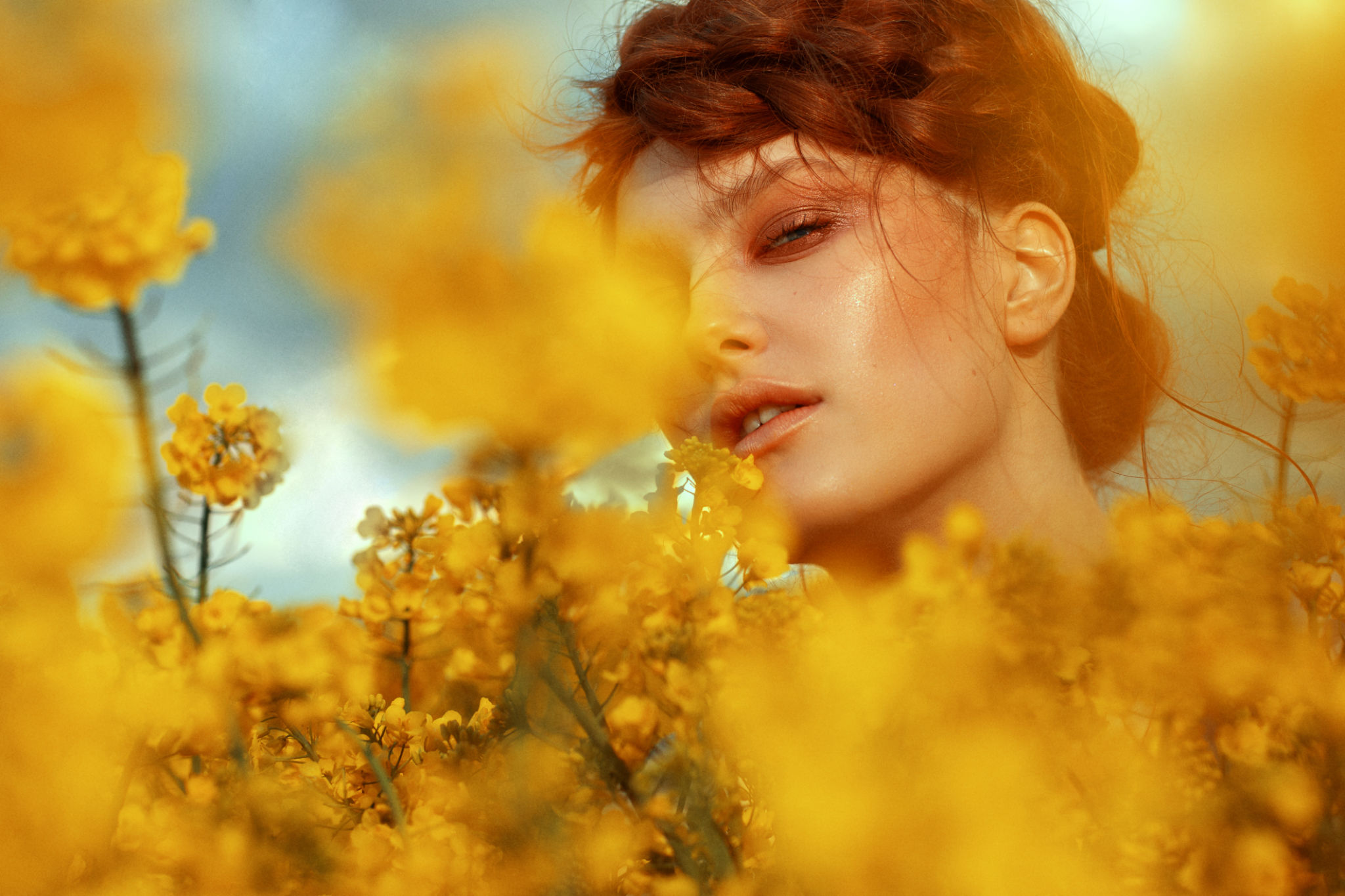Behind the Lens: Crafting Stories through Editorial Photography
HM
The Art of Storytelling through Editorial Photography
In the world of photography, editorial photography stands out as a compelling medium for storytelling, blending visual artistry with narrative depth. Unlike traditional photojournalism, which aims to present raw, unedited reality, editorial photography allows for creativity and interpretation while still conveying a powerful story. Through meticulous planning and execution, photographers can craft images that not only capture attention but also evoke emotion and provoke thought.

Understanding Editorial Photography
At its core, editorial photography is about more than just capturing a moment; it’s about crafting a narrative that resonates with viewers. This type of photography is often used in magazines, newspapers, and online publications to complement written content. The images are designed to enhance the storytelling by providing a visual context that words alone might not fully convey.
Editorial photographers have the unique ability to infuse their own perspective and style into their work, making each image a personal expression as well as a part of a larger story. This creative freedom allows photographers to experiment with composition, lighting, and subjects to create impactful visuals that align with the publication's voice and message.
The Creative Process
Creating a compelling editorial photo involves several key steps. First, photographers must understand the story they are aiming to tell. This might involve researching the subject matter extensively and collaborating closely with writers and editors. The goal is to ensure that the images will effectively enhance the narrative and resonate with the audience.

Next comes the planning phase, which includes selecting locations, props, models, and wardrobe that align with the theme. Attention to detail is crucial at this stage to ensure that all elements in the frame contribute meaningfully to the story. This meticulous preparation sets the foundation for a successful shoot.
Shooting with Intent
Once on set, photographers must be adept at working with their subjects to capture authentic expressions and interactions. It's about creating an environment where the story can naturally unfold while maintaining control over technical aspects like lighting and composition. The ability to adapt quickly to changing conditions or unexpected challenges is also crucial.

Editorial photographers often employ various techniques to add depth and emotion to their images. These might include playing with angles, incorporating movement, or using color to convey mood. By shooting with intent and purpose, photographers can produce images that are not only visually stunning but also rich in narrative complexity.
Post-Processing and Story Enhancement
After the shoot, post-processing becomes an integral part of storytelling in editorial photography. This stage involves refining images through editing to enhance their visual appeal while staying true to the story. Adjustments in contrast, color balance, and cropping can all help highlight key elements and direct viewers’ attention.
The final selection of images is critical, as each must contribute to the overarching narrative. Photographers often collaborate with editors to ensure that the visual story aligns seamlessly with the written content, creating a cohesive and engaging reader experience.
The Impact of Editorial Photography
Editorial photography has the power to transcend mere aesthetics and delve into deeper societal themes. By capturing stories that might otherwise go untold, photographers can spark conversations and inspire change. Whether it's highlighting cultural issues, celebrating diversity, or exploring personal journeys, editorial images can leave a lasting impact on audiences worldwide.

Ultimately, behind every great editorial photograph is a dedicated photographer who has honed their craft to tell stories through their lens. Through creativity, collaboration, and a passion for storytelling, these artists continue to shape how we see and understand the world around us.